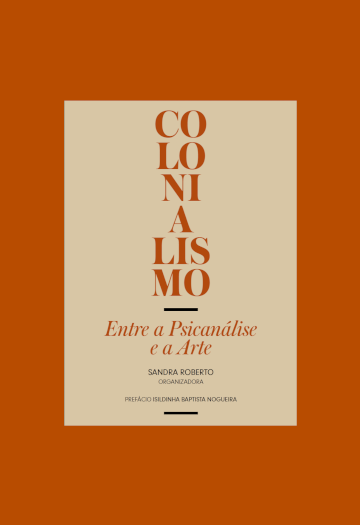
Dito pelo ChatGPT:
Dito pelo ChatGPT:orge Castro Ribeiro, researcher at INET-md, and Lucas de Campos Ramos, INET-md doctoral researcher at the Department of Communication and Art of the University of Aveiro, contributed to the book Colonialism – Between Psychoanalysis and Art (Freud & Companhia, 2025) with the chapter “Music, Colonialism, and Silencing: The Case of a Traditional Angolan Chordophone.”
Dito pelo ChatGPTJorge Castro Ribeiro, researcher at INET-md, and Lucas de Campos Ramos, INET-md doctoral researcher at the Department of Communication and Art of the University of Aveiro, contributed to the book Colonialism – Between Psychoanalysis and Art (Freud & Companhia, 2025) with the chapter “Music, Colonialism, and Silencing: The Case of a Traditional Angolan Chordophone.”
Abstract
Dito pelo ChatGPT:
Among African string instruments, various types of pluriarcs can be found, distributed across several countries in West Africa and documented in both historical and contemporary sources. These instruments were traditionally used to accompany singing and played an active role in the ritual and social life of the communities that incorporated them. In Angola, this type of chordophone was documented during the colonial period, particularly in the province of Benguela (among other regions), but has since fallen into disuse. By 2024, it was virtually extinct, along with the cultural practices and performative contexts with which it was originally associated. Colonial scientific expeditions collected several specimens, which are currently preserved in anthropological collections of museums in Portugal and Angola. However, none of these instruments are in playable condition, making it impossible to access the soundscapes, performance practices, and symbolic worlds of which they were once a part.
This chapter offers an analysis of the historical and cultural contexts of this instrument, its presence in Portuguese and Angolan museum institutions, and the ways in which colonial ideologies are reflected in the processes of collection, classification, and exhibition.
